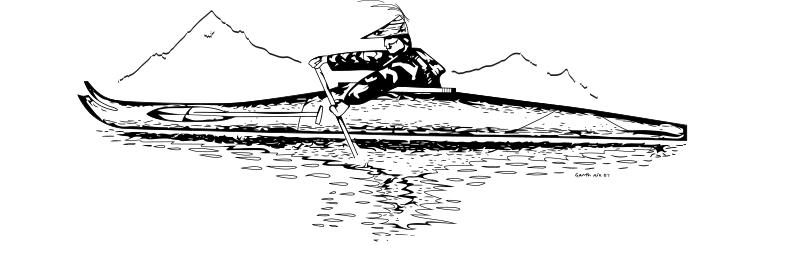MILITARY IMPACT
INTRO & HISTORY
The Kodiak region is home to the United States Coast Guard as well as other military branches. However, the Coast Guard stands out as the predominant force, contributing approximately 95% of the active duty military members in Kodiak. United States Coast Guard (USCG) Base Kodiak, the largest of its kind in the nation, encompasses nine distinct units. Established as the first permanent Coast Guard aviation resource in Alaska, Base Kodiak plays a vital role in safeguarding nearly 4,000,000 sq. miles of Alaskan territory and over 47,000 miles of coastline. Its distinction lies in being the sole USCG command capable of accommodating both cutters and aircraft. The significant presence of such a large military base profoundly impacts the surrounding small island community.

POPULATION & BASE SIZE
Base Kodiak plays a vital role in maintaining infrastructure in Kodiak, overseeing just under 28,000 acres of land, 41 miles of roads, two major piers, and, significantly, the airport, runways, and air traffic control. With close to 1,200 active duty military members, Coast Guard servicemen and women constitute approximately 20% of the total population of the city of Kodiak. Nearly half of these active duty members also bring their families with them. Consequently, Base Kodiak contributes closer to 30% of the total population of the city.
Historically, the base size has remained relatively stable, showing minimal fluctuations in growth or decline. However, within the next five years, Base Kodiak is set to gain four new cutters, increasing active duty members by approximately 350 billets and adding an additional 80 family housing units to the existing 391 units.

JOBS, INCOME, AND MILITARY SPENDING
The investment of Coast Guard funding into the region, coupled with the high levels of employment of active duty military and around 200 civilians employed by Base Kodiak, provides a sense of economic stability. However, it also highlights a fragility not often seen in other regions. This vulnerability became evident in 2018 during the partial government shutdown, which resulted in Coast Guard members going without pay. This had a ripple effect throughout the community, disrupting the flow of income into the local economy, which many businesses rely on – an estimated annual loss of $60,000,000. The shutdown served as a stark reminder of the vital role the military presence plays on Kodiak Island. Over the past decade, the USCG alone has injected approximately $443 million into the Kodiak Island Borough. This figure does not include additional spending from other branches of the military, such as the Army, Navy, Air Force, and other Department of Defense sectors.
Rural Alaskan communities are known to have a higher cost of living, yet Kodiak ranks even higher due to the large Coast Guard presence on the island. This is due to the Basic Allowance for Housing (BAH); this rate is based off of the cost of living and changes depending on where members are stationed. Because the cost of living in Kodiak is higher than average, the BAH is also higher than average – with 20% of the population of Kodiak being active duty, landlords and homeowners price their spaces accordingly.
Members of the military, their families, and some retirees are eligible to access commissary and Post Exchange (PX) for groceries and many other consumer products. These purchases are not subject to local sales taxes and do not support small, locally owned business. Increasingly, Kodiak is an attractive place for military retirees to remain following their service. This segment of the population contributes to the local economy and the culture of the community. Some retirees leaving service with a service-related disability are eligible for a property tax exemption. This reduces property tax collections of the Kodiak Island Borough.
MILITARY FAMILIES
Approximately 500 active duty members are in Kodiak with their families. Military spouses play an important role in the local economy, filling many positions for local businesses and bringing in knowledge, expertise, and experience from many places outside of Kodiak. Despite the large pool of qualified workers, spouses are still often beat out of many positions because it is known that they will have to transfer out after three years. Regardless, Coast Guard spouses are still a noticeable demographic working in education, healthcare, and small business ownership. There is also a lot of community involvement from military spouses who use their connections to benefit the communities of Kodiak Island. The Military Spouses Association in particular has organized a toy drive during Christmas to use Coast Guard aircraft to bring presents to children in the remote villages. Others use their connections to encourage local produce to be sold on the commissary on base – helping both military members and the locals who grow and sell it.

